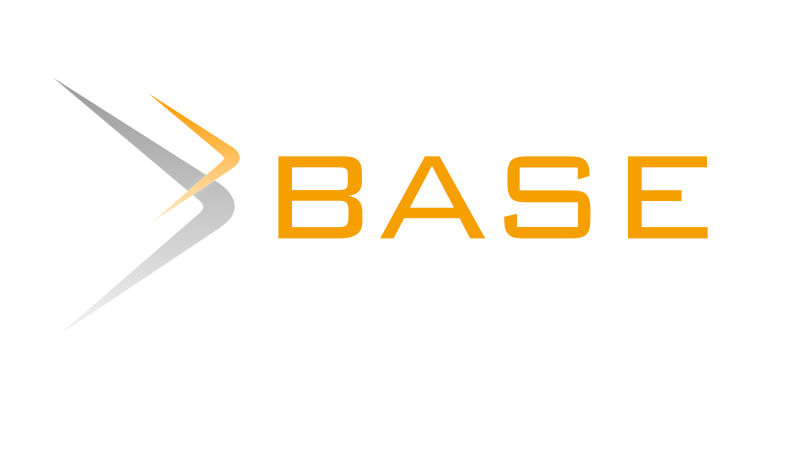International Journal of Contemporary Research In Multidisciplinary, 2024;3(6):213-220
Modelling Steam-Based Innovative Ideas of Secondary School Students
Author Name: Dr. Dhananjay S. Kachave;
Paper Type: research paper
Article Information
Abstract:
A qualitative study was organized with the rationale to model high school-level students’ innovative ideas in problem-solving models. For this reason, the sample (n=20) of the study was selected from secondary school students studying in the 5th to 9th standards. Purposive sampling with a quota technique was used to select the sample. For the perfect sampling, an interest inventory (Interest Inventory on Science, Technology, Engineering, Art, and Mathematics (II-STEAM)) of 10 questions on a five-point Likert scale was developed by the researcher. Content reliability was done with the help of two experts. The training was provided to the students, and at the end of the training day, students were asked to rate the training with an Opinionnaire. The results of the study showed that the training was effective. The students in groups developed two innovative STEAM-based working models based on the received knowledge in the training. Two innovative models are the productivity and effectiveness of the training. So, the study showed that the training given to the interested students was very fruitful. Formed groups worked with their concepts on and out of paper. And higher appreciation to the group leader by INSPIRE AWARDS is that the working model ULTRA SPECS AND SHOES FOR BLIND was selected for the presentation at the NATIONAL level, and SMART DUSTBIN at the DISTRICT level. Thus, the study has proved that not only was the organization of idea competition helpful, but also that given training was fruitful in transforming ideas into working models.
Keywords:
Innovative model, intrinsic motivation, modelling, training, working groups
How to Cite this Article:
Dr. Dhananjay S. Kachave. Modelling Steam-Based Innovative Ideas of Secondary School Students. International Journal of Contemporary Research in Multidisciplinary. 2024: 3(6):213-220
Download PDF


